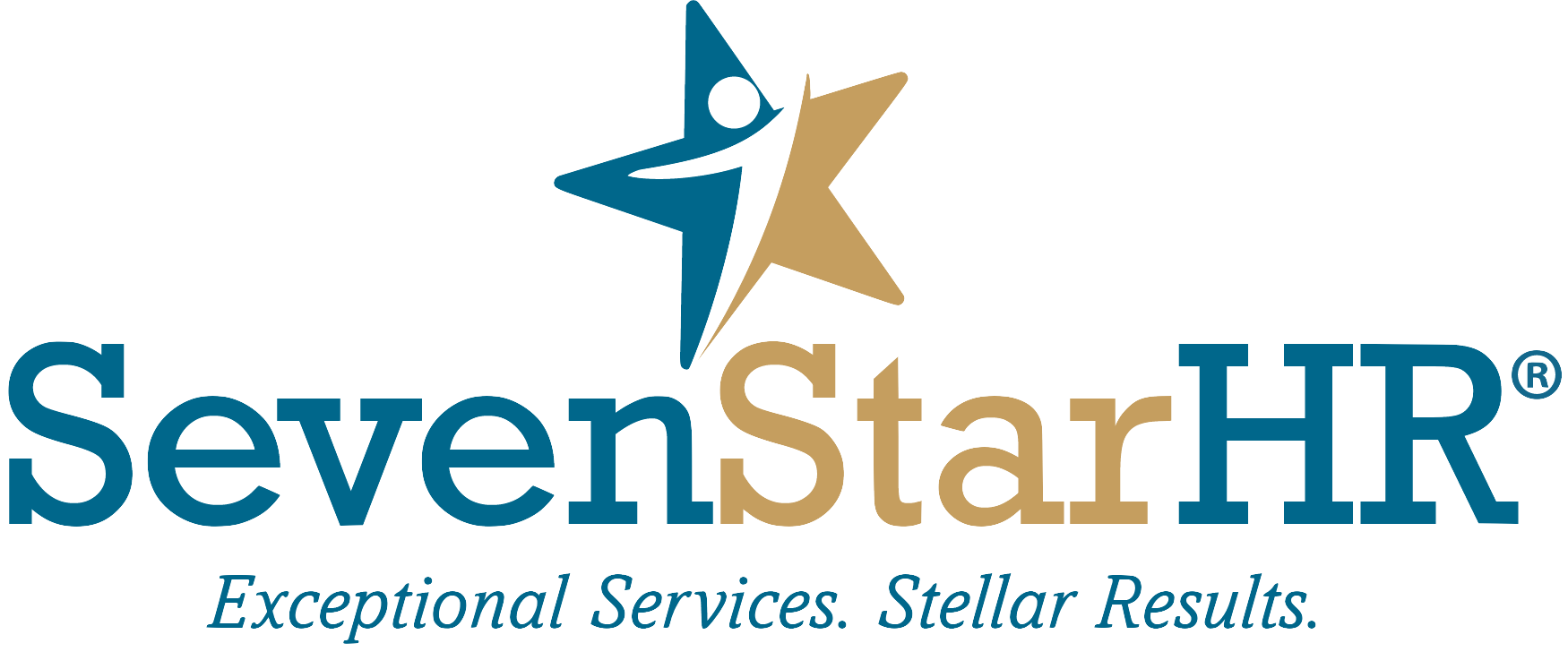How Companies Can Prepare for a Potential Reduction in Force (RIF)
Layoffs are on the rise, and reductions in force (RIFs) are becoming a more common reality across industries. As economic uncertainty grows and labor costs tighten, businesses may find themselves needing to make some tough decisions. But even if layoffs aren’t on the horizon yet, preparing now can help avoid missteps later.
A well-planned RIF protects your company’s integrity, legal standing, and employee trust.
1. Define the Why and the How
Start by documenting the business reason for a potential RIF - whether it’s restructuring, budget cuts, or shifting market demands. Just as important is establishing clear, objective criteria for selecting which employees may be affected. This could include performance metrics, tenure, job function, or redundancy.
2. Don’t Overlook Legal Requirements
If your workforce includes unionized employees, be aware of notice and bargaining obligations. Also, review all employment agreements, offer letters, and severance plans - you’ll need to know exactly what departing employees are entitled to receive.
And don’t forget WARN Act compliance: the federal Worker Adjustment and Retraining Notification (WARN) Act—and 13 mini-WARN Acts at the state level—may require up to 90 days’ advance notice for mass layoffs. Understanding these timelines early can prevent legal headaches down the road.
3. Address Demographic and Compliance Risks
Before finalizing selections, consult your legal counsel to determine whether a statistical adverse impact analysis is necessary. Disparate impact on protected groups can lead to legal exposure if not carefully evaluated.
If your layoff will include employees aged 40 or older, be prepared to include Older Worker Benefit Protection Act (OWBPA) disclosures with separation documents.
You’ll also need a plan for how to handle employees on leave or visas, as these situations require special consideration.
4. Know Your State Laws on Final Pay
Rules around final paychecks and accrued PTO payouts vary widely by state. Make sure your payroll team is ready to meet state-specific requirements for each affected employee’s location.
5. Communicate with Clarity and Compassion
Layoffs don’t just impact those leaving the company…they also affect the morale and trust of those who stay. Develop a clear, consistent communication plan that addresses three groups:
Impacted employees
Remaining employees
External (press, clients, vendors)
The goal is to be transparent and empathetic while maintaining professionalism and brand integrity.
6. Update Documents in Advance
Even if layoffs aren’t imminent, it’s smart to update your severance agreement templates now to reflect any recent changes. In particular, many states have introduced #MeToo-related legislation that affects waiver language, and NLRB decisions may impact the enforceability of certain provisions.
7. Plan, Don’t Panic
Layoffs require thoughtful coordination, not rushed decisions. The most effective outcomes happen when companies plan ahead and loop in the right people from the start. That means bringing legal advisors and core departments - like HR, finance, and communications - into the conversation early to ensure clarity, compliance, and alignment across the board. A layoff itself is not an emergency, so don’t panic.
With a thoughtful, strategic approach, your company can navigate the process with integrity, mitigate risk, and protect both your people and your brand.
If you're planning ahead or facing the possibility of a reduction in force, our team can guide you through every step - from legal compliance to communication strategy. We help companies minimize risk, support impacted employees, and protect their reputation. Reach out to learn how we can support your organization before, during, and after a workforce transition.

